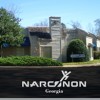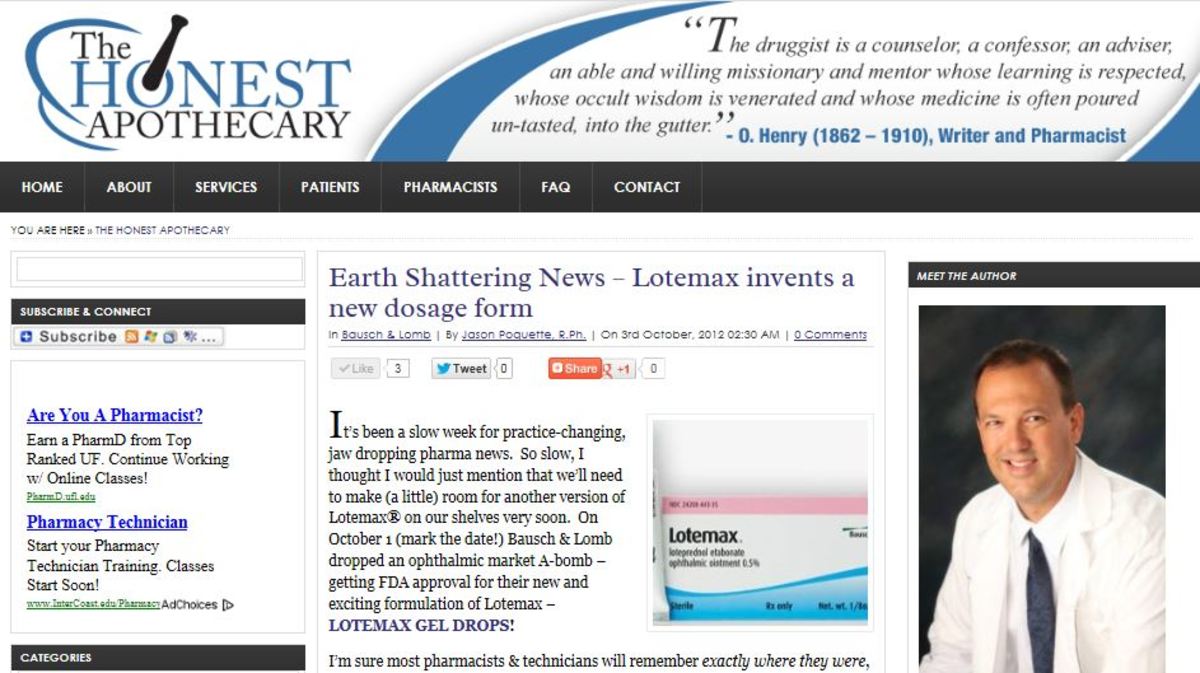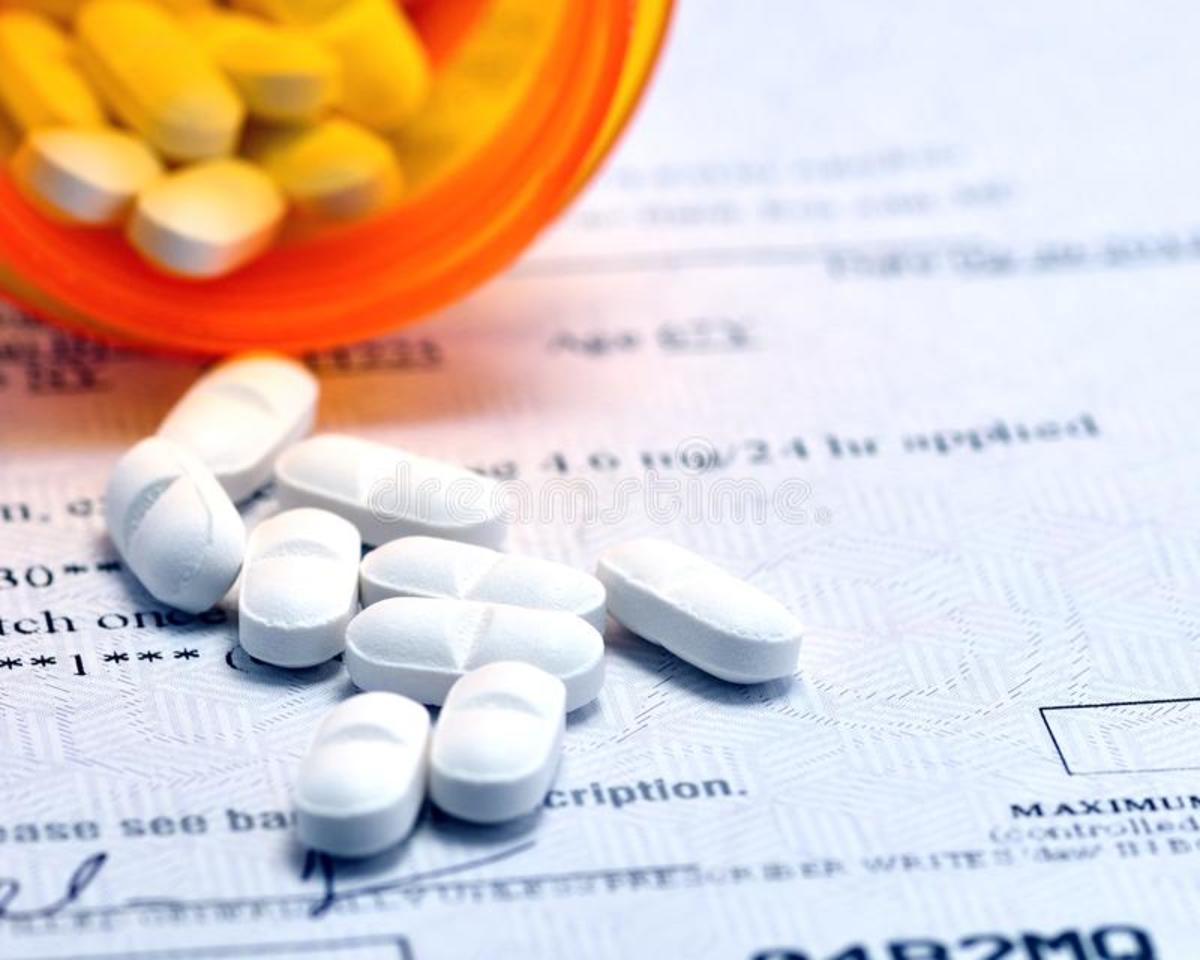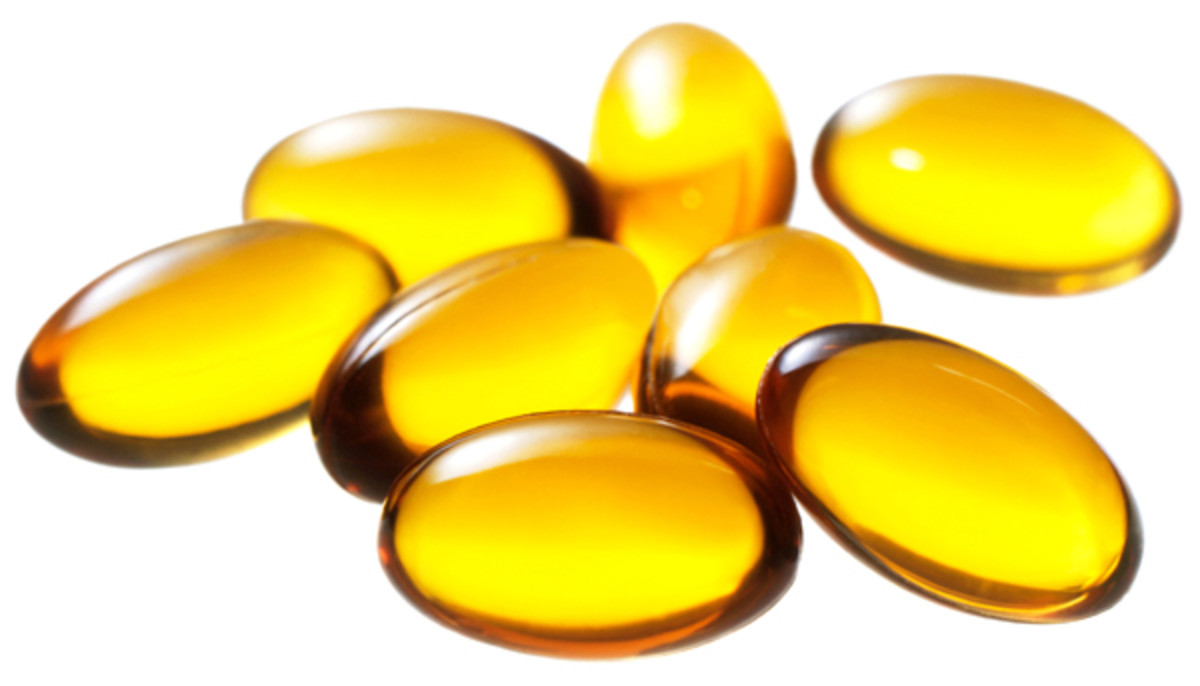Prescription Drugs Elevate Crime Rate

Prescription drug abuse is an epidemic across the United States. President Obama and the Obama Administration has compared it to the crack cocaine epidemic of the 1980s. Maine, known for its beautiful coastlines and scenery, currently has the highest rate of residents in treatment due to Oxycontin abuse. Oxycontin, or known by its generic name oxycodone has suffered one of the nation’s largest spikes in pharmacy robberies.
This highly addictive semi-synthetic opiate has been blamed for a large number of pharmacy robberies and hold-ups. Drug users and drug dealers will stop at nothing to obtain these valuable little pills. They are often sold in the streets or offered on the black market for substantial amounts of money. Oxycontin’s street names go by “OC” or “Hillbilly Heroin”. A single 80 milligram pill can sell for upwards of $80-$100. When improperly used, via crushing it to snort or shoot up, it can create a heroin like high for drug users.
It’s especially become a major problem in towns where heroin is not readily available. Earlier this month, a CVS pharmacy was held up in Sanford, Maine for Oxycontin. And a few months earlier, an armed man entered a Rite Aid demanding oxycodone be handed over. He ate several of the pills while inside the store before six policemen with guns unarmed him. "Maine has a serious prescription drug abuse problem, and oxycodone and OxyContin are the two most sought-after prescription drugs," said Sanford Police Chief Thomas Connolly. "It leads to a whole universe of issues."
Over Prescription Contributing To Problem
A contributing factor to the large number of prescriptions being written is for the blue-collar workforce. Adults share drugs with friends and teenagers steal them from their parent’s medicine cabinets. Often these teens have “pharming parties” where the youth enter a party and drop pills into a large bowl. Then a person walks around the room and dispenses random pills to the party goers. These kids are basically taking a drug cocktail; not knowing exactly what they’re putting into their bodies. This happens all over the country and has become a major source of emergency room visits.
Presciprtion drug abuse is a national epidemic. In New York City, the borough of Staten Island made headlines last month when authorities arrested a man dealing pills out of a "Lickety Split" ice cream truck. He is accused of selling more than 40,000 prescription oxycodone pills and leading a 30-person drug ring with two-dozen runners to fill fake prescriptions.
Florida is the undisputed epicenter of America's illegal "pill-mill" trade and prescription dope dealing, law enforcement officials say. In these clandestine clinics, individuals can buy medically unnecessary oxycodone for cash. Known commonly as the “Oxycontin Express”, drug users from all over the country drive into Florida to visit these pill mills. As long as you have cash in hand, you can see a physician who will then over prescribe you pain medication and benzodiazepines. What’s even more alarming is that each of these pill mills has an in-house pharmacy. It’s basically a one-stop shop for drugs. Florida has very lax medical laws so anyone with a MD next to their name can prescribe these medications.
Prescription Drug Abuse Help And Information
- Prescription Drug Abuse: MedlinePlus
Prescription Drug Abuse - Narconon Drug Rehab
Find help for you or a loved one
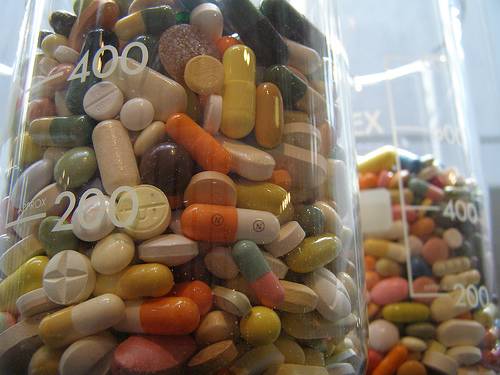
Pharmacy Robberies
In Maine, pharmacy robberies shot up to 21 last year, from just seven in 2009 and two in 2008, according to the U.S. Drug Enforcement Administration. At the same time, Maine has the highest rate of residents in treatment for addiction for these prescription pills -- about eight times the national average, at 386 people per 100,000 as of 2008, the U.S. Substance Abuse & Mental Health Services Administration says. Vermont comes in second at 331 per 100,000, and other states lag far behind.
Because pharmaceuticals are legal, experts say the pills are easier to obtain than illicit drugs. Statistics show U.S. drug seekers also are becoming younger, with teenagers and young adults often believing prescription pills are safer than illegal drugs.
Now, the rate of prescription drug abuse is outpacing abuse of cocaine, heroin, hallucinogens and meth combined. This is an alarming statistic considering the rampant drug use in America.
Steps being taken to curb abuse and guard against robberies include random police visits to pharmacies, enhanced surveillance and alarm systems, not stocking OxyContin, education initiatives and prescription monitoring systems between providers and pharmacies.
In Sanford, witnesses to the robbery of OxyContin last week managed to tackle the thief outside the store and summon police, who recovered the pills. "What makes prescription pills so valuable is that they're pharmaceutical-grade -- it's pure -- and you don't have to worry about where you're getting it from," Sanford police chief Connolly said.
White House Response
On Tuesday, the White House released their Prescription Drug Abuse Prevention Plan, targeting four areas of needed improvement: education, monitoring, proper medication disposal, and enforcing elimination of improper prescribing and drug-seeking behavior. In concert with the White House, the FDA took aim at long-acting and extended-release opioid medications with a Risk Evaluation and Mitigration Strategy (REMS). REMS plans on educating doctors on proper pain management and patient selection. The FDA wants drugmakers to develop a single system for implementing the REMS strategies, and is now notifying opioid makers that they must propose a REMS within 120 days. The DEA has scheduled the second National Prescription Drug Take Back Day which will take place on Saturday, April 30, 2011, from 10:00 am - 2:00 pm.
Whether it be for physical and/or emotional pain or difficulty, Americans are taking pills and more people are abusing them. This week, the federal government announced new initiatives to address what has been called America's deadliest and fastest-growing drug problem.
A 2009 National Survey on Drug Abuse found 28.6 percent of persons aged 12 and older were initiated into illicit drug use via a non-prescribed prescription drug - 17.1 percent with pain relievers, 8.6 percent with tranquilizers, 2.0 percent with stimulants, and 1.0 percent with sedatives.
According to the CDC, US emergency department visits involving nonmedical use of opioid analgesics and benzodiazepines more than doubled from 2004 to 2008 and most unintentional poisonings in the US are due to drugs, both prescribed and illegal.
